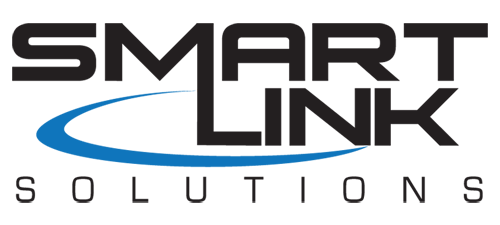If you’re trying to build an audience on Facebook, chances are, you have (or need) a business page. We’re guessing you already have one. If you manage your own Facebook business page, you may have logged in recently and noticed a few things were different.
As you already know, Facebook is constantly changing, and there seems to be a new change that you have to learn about too often. Right now, that’s Facebook Pages Experience. What’s the “experience”? A whole new page layout, plus new admin roles and abilities.
If just reading the phrase “Facebook changes” gives you a headache, don’t worry. That’s why we’re here to walk you through this social media change and make the transition as seamless as possible.
New Pages Experience
Facebook is going through a lot of changes, as foreshadowed by the company’s rollout of Meta. According to Facebook’s business help center, the changes are meant to make managing your pages easier (even if they seem like a headache and a half when they first roll out).
The changes Facebook highlighted include a new page design, more ways to like, comment, and share, and an easier-to-understand insights page. The latter highlights audience trends (your followers’ demographics) and top-performing content so you can repeat your successes more easily. Confused? Let us break it down for you.
What’s staying the same?
All of your Facebook Pages information and content isn’t going anywhere. This includes your information, content, and posts. You can still create ads and manage your campaigns, and existing admins will still have ownership of your pages. They can still make changes, post, and use insights.
Although you can still schedule posts, you need to go into your Meta Business Suite or Creator Studio to do so. Bringing us to …
Difference 1: Page likes and Follows
First, page “likes” are getting transitioned to follows. When we say “likes,” we don’t mean the one of five reactions your page viewers can give your posts.
In the earlier days of the social media platform, Facebook users could only “like” pages, whether these were for business, entertainment, or sharing memes. Then, Facebook allowed users to follow pages without liking them and vice-versa.
Now, in order to deliver the content that users want to see, they’re getting rid of page likes altogether and sticking with follows. The reason? People who actively follow you see your content on their feeds; people who only “like” your page won’t unless they visit it.
In order to be proactive and not lose page views, share a post or two reminding your followers to follow your business page – and have their friends do the same. You can even schedule these posts ahead of time to remind people to actively follow your page. If they share it with friends, those friends will be more likely to know about your page and follow it.
Updated Page Roles and Rollouts
Page editors and admins have different page “powers” now. Basically, admins that already have access to your page can still do everything. However, editors now only have partial control over the page; they can still do most of the things they could before, but they’ll need to access other tools from Facebook to get them done. Also, if someone checks into the page, editor or admin, everyone who manages the page knows. This will most likely increase transparency.
If you need to bump one of your Facebook managers up to admin, another admin will need to promote them. Confused about who does what? Facebook Business Help has broken it down in a handy table that you can find here.
Don’t switch back to “classic”
Here’s another headache: if you post content from the new Page experience and switch back to “classic,” a.k.a. your old pages layout, content you shared through the new experience will be invisible. This one’s less avoidable unless you haven’t posted yet. If you haven’t posted, and don’t want to learn an entirely new setup, just switch back to classic and carry on. If you’ve already posted in the new Pages Experience, consider how critical your posts are before switching back.
If this new Facebook Page experience sounds like too much of a hassle, call the pros. Contact us today at (248) 684-0500 extension 301 to get started with social media!
